When it comes to feeding your cat there are no rules set in stone. Every cat’s needs are different and so is every owner’s daily routine. Here we will go over the types of food available as well as suitable feeding schedules.
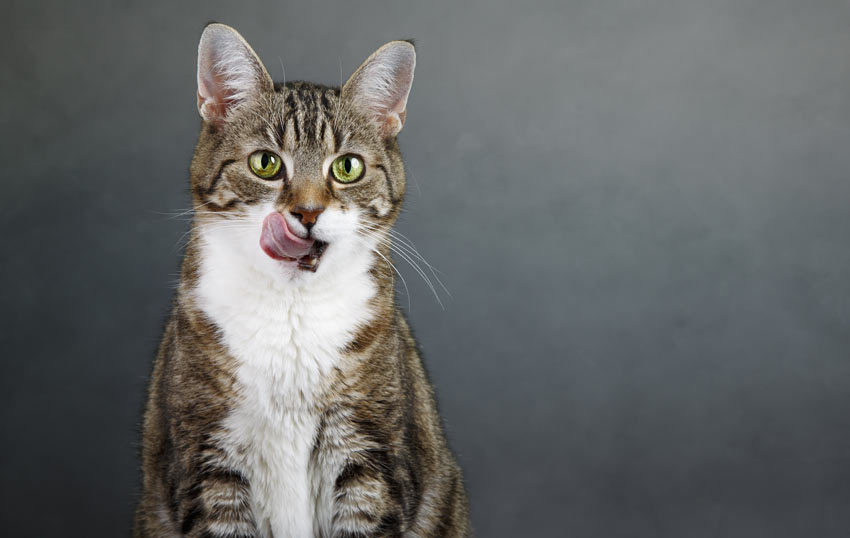
A cat licking its lips waiting to be fed a treat
How Often Should You Feed A Kitten?
When kittens are very small (younger than 3 months) they need to be fed between 4-6 small meals a day. When you get your kitten, the best thing to do is to ask the breeder or vet how often they think you should feed your kitten. Many breeders will know exactly what routines will fit their kittens best and this really is the best advice to listen to.
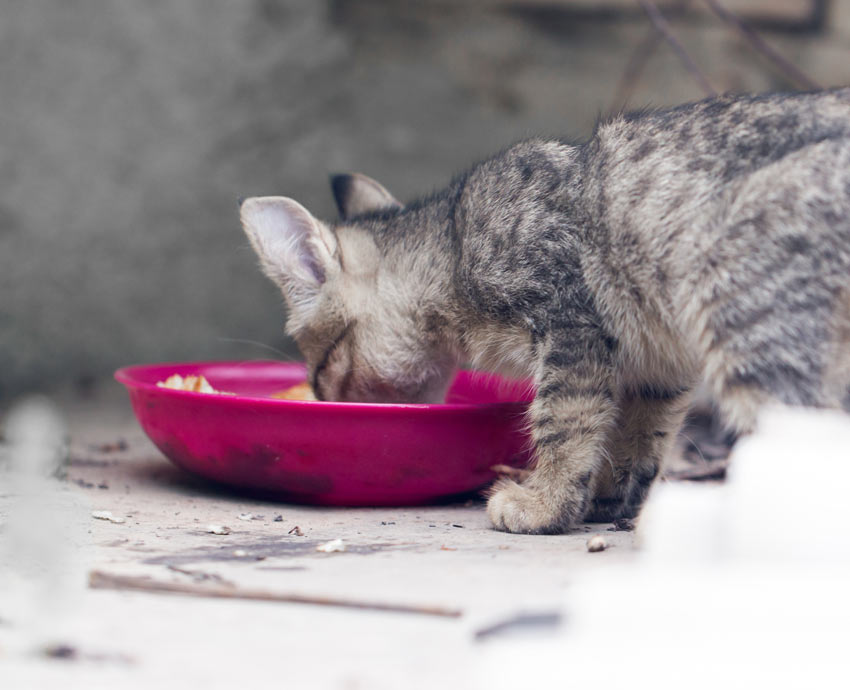
An adorable tabby kitten eating a bowl of food
As your kitten gets older you can begin to feed them less often but it is important that you do this gradually so the kitten can adjust to the new feeding routine. At around 6 months old it is ok to start spacing the meals out to twice a day.
How Often Should You Feed An Adult Cat?
Adult cats are normally happy and healthy when fed twice a day. This routine works for most households as your cat can be fed once before breakfast and then once again in the evening.
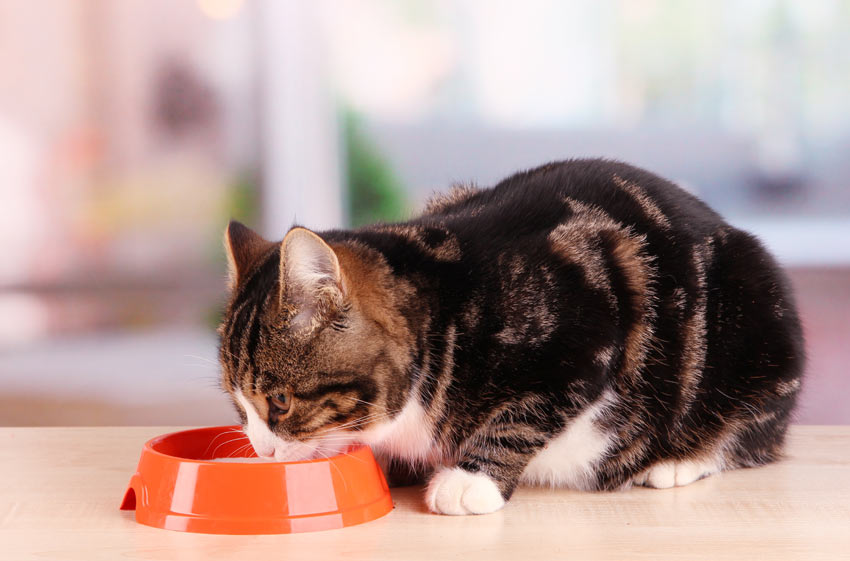
An adult cat eating a bowl of food
However it is more natural to feed your cat smaller meals more often. Historically the cat’s ancestors would scavenge or hunt small animals so would be getting small meals throughout the day. Therefore keeping to a 4 or 5 meal a day routine may be best if you have the time for it.
Some cats will be fine if food is left out constantly for them. One issue here is that you may end up wasting a lot of food if it’s left long enough to spoil. Another thing to watch out for is if your cat can’t regulate its food intake, over a long time it might become obese.
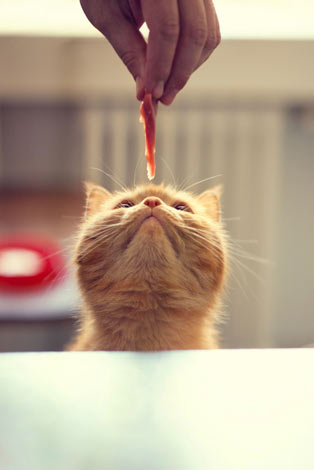
A hungry little ginger cat reaching for a treat
Some older cats or cats with certain health problems may have different feeding requirements. For example if your cat has diabetes then feeding will depend on insulin administration. In these cases it is always best to consult your vet.
How Much Should You Feed A Cat?
How much you should feed your cat depends on the individual cat. When working out how much you should feed you cat you should consider your cat’s:
- Age
- Metabolism
- Weight
- Exercise
- Environment - Weather And Hunting
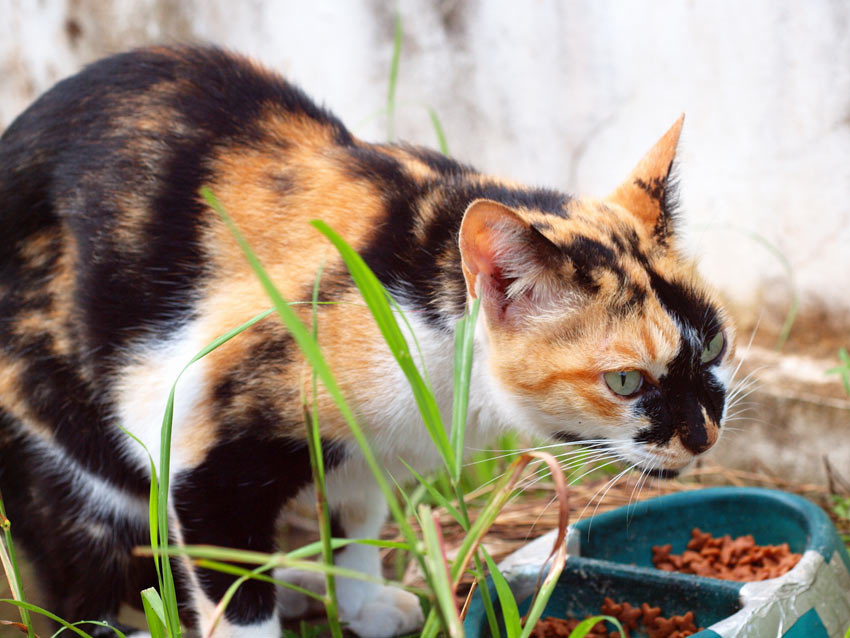
A lovely tri colour cat eating a bowl of dry food
In terms of exact quantities it is best to look on the back of cat food packets and start with whatever they recommend. If you notice your cat gaining or losing weight then adjust amounts accordingly.
Kittens up to a year old are still growing and so will need more food relative to their weight compared to an adult cat.
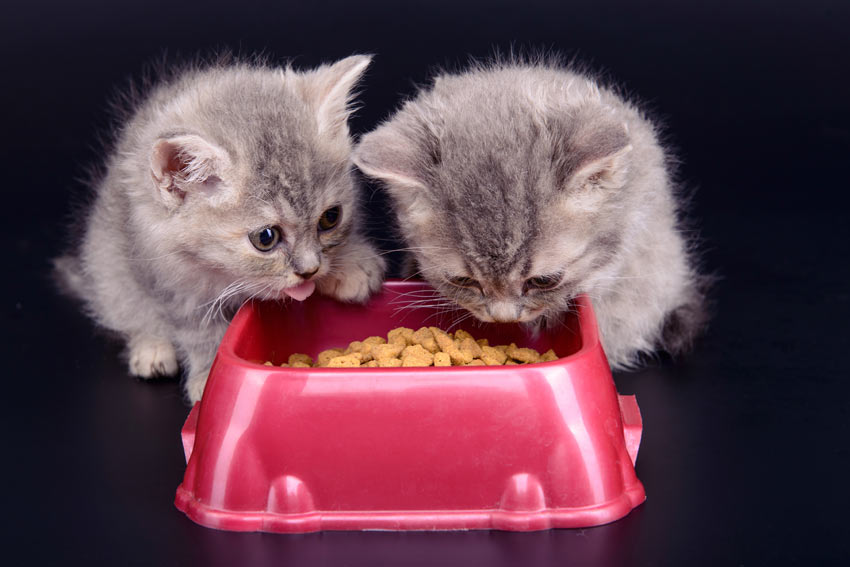
Two grey kittens munching on some kibble
Some cats are more susceptible to weight gain due to a slower metabolism and so require less food to maintain an ideal weight.
Larger, heavier cats will need more food than smaller cats in order to sustain a heavier ideal weight.
Cats living in cooler climates may need more food than their warmer homed counterparts. This is because the cool cat will use more energy to sustain its body temperature.
What Type Of Food Should You Feed A Cat?
Cats are carnivorous animals that need a diet high in protein. There are many different types of cat food on the market and it can be difficult to decide what is best for your cat. You may find yourself with a bag of dried food in one hand, a packet of wet sachets in the other and then the latest “gourmet” fish tinned selection catches your eye.
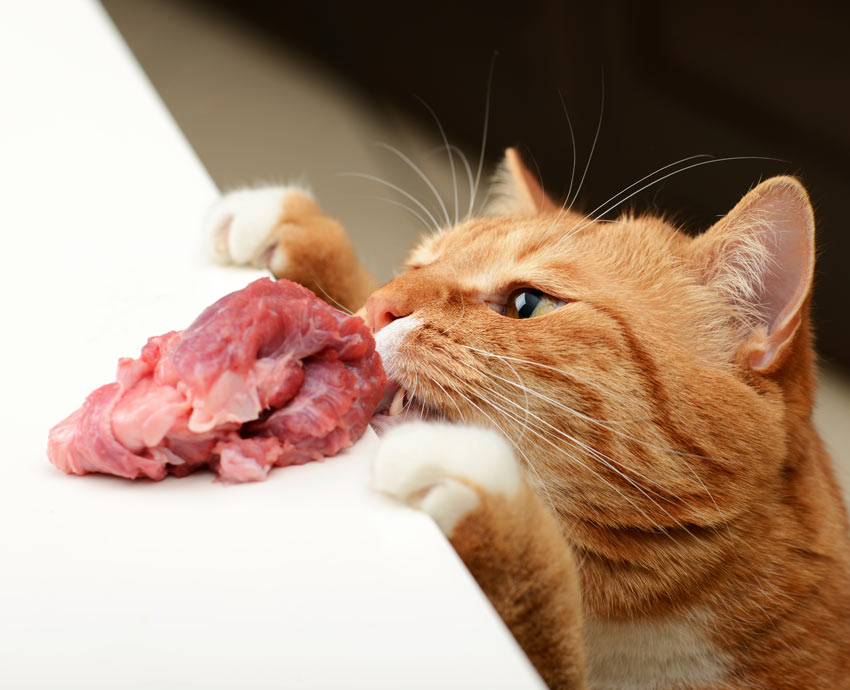
A naughty cat stealing a meaty treat
The two questions that you need to ask yourself when deciding which cat food to get are:
- Will my cat eat it?
- Does it meet my cat’s nutritional requirements?
If you can answer yes to both these questions then you are well on your way to having a happy, healthy cat.
Once you find a nutritional food that your cat likes there is no point in changing it up. This may be tempting with special offers or if you fancy treating your cat to some premium food but this may upset your cat’s stomach or simply be rejected.
Nutritional Requirements
In basic terms a cat’s diet should be made up of 35-45% protein, 15-20% fat and the rest can be made up of carbohydrates. Cat’s need to consume between 170 and 440 calories per day with the amount depending on the size of the cat, the type of cat and the cat’s activity levels.
Your cat also requires many vitamins and minerals in its diet. If you are unsure whether the diet you are feeding your cat is suitable then ask your vet what they recommend.
Treats
Treats are an optional part of a cat’s diet. Cat’s get all they need from a balanced cat food and it is easy to make a cat fat pretty quickly if you feed it too many treats. If you are going to feed your cat treats then less really is more. The last thing you want is for your cat to get so used to treats that he starts turning his nose up at his normal cat food.
Choose treats that are low in fat, high in protein and try to avoid ones containing carbohydrates that a cat will struggle to digest. Some of the best treats are pieces of raw meat or fish.
Remember, treats are not a replacement for love and your cat will be just as happy with some affection and attention.
Feeding Tips
If you are a multi cat household we recommend you feed your cats a good distance away from each other. Being near another cat may cause anxiety or increased competition at feeding time.
If you are struggling to keep your cat’s weight down then try swapping to a less palatable food as this may prevent overeating.
What Should A Cat Drink?
When it comes to drinking the answer is thankfully a lot simpler than feeding.
All that is required for a cat’s drinking is a bowl filled with fresh water daily. Your cat’s water needs will depend on a number of factors including exercise and diet but they will know what they need as long as you provide the fresh water source.
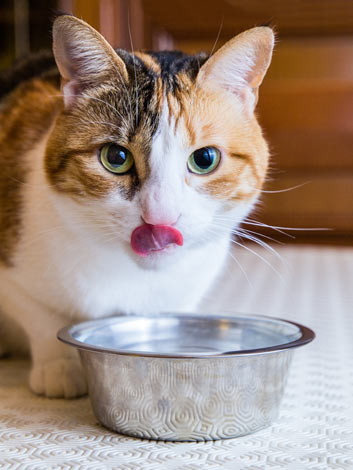
A tortie licking her lips after a refreshing drink
If you suspect your cat is drinking too much or too little water then this can be an indication of serious health issues so it is important that you take your cat to the vet immediately.
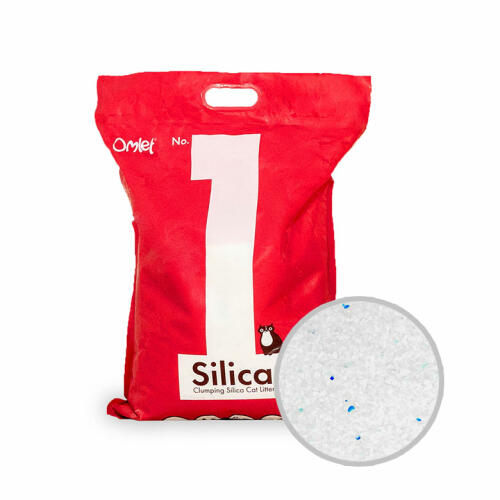
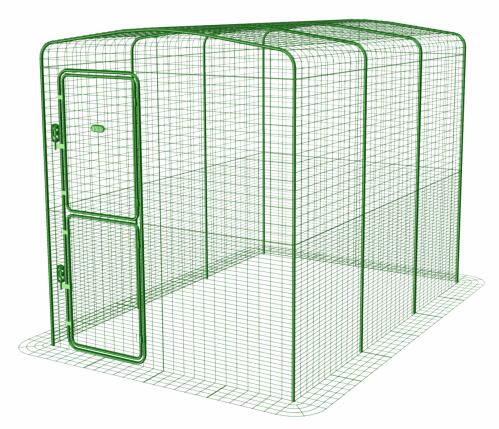
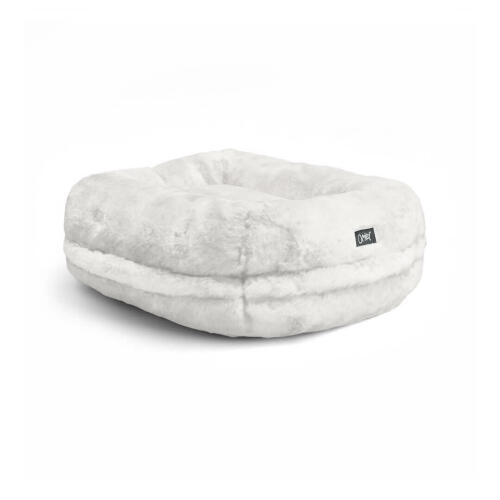
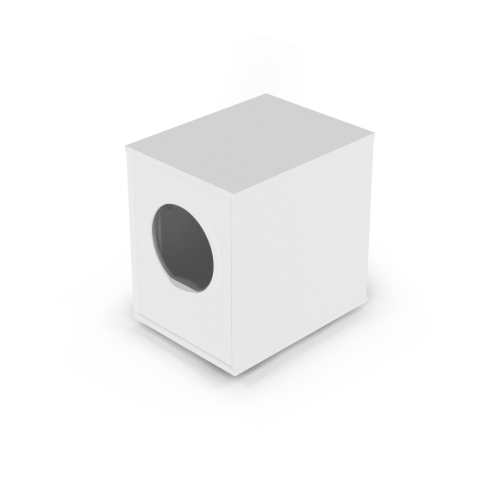
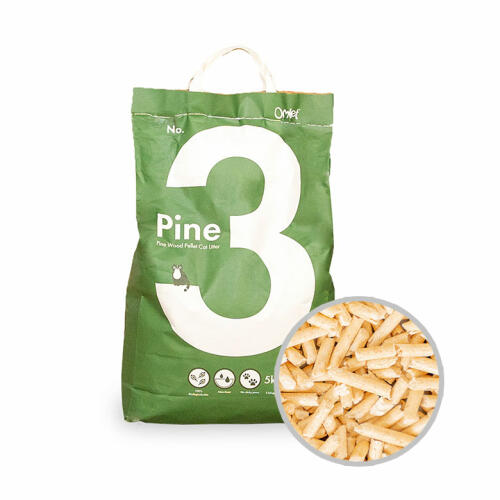
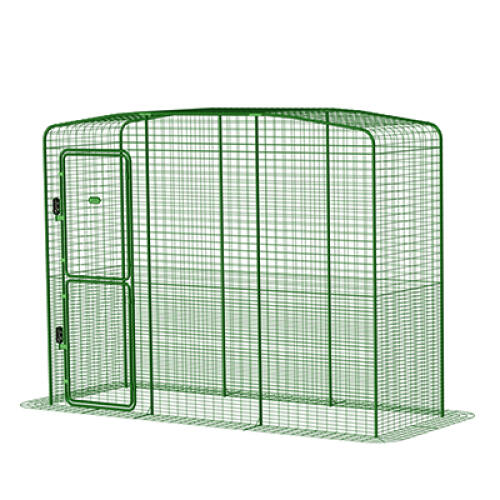
Comments
There are no comments just yet